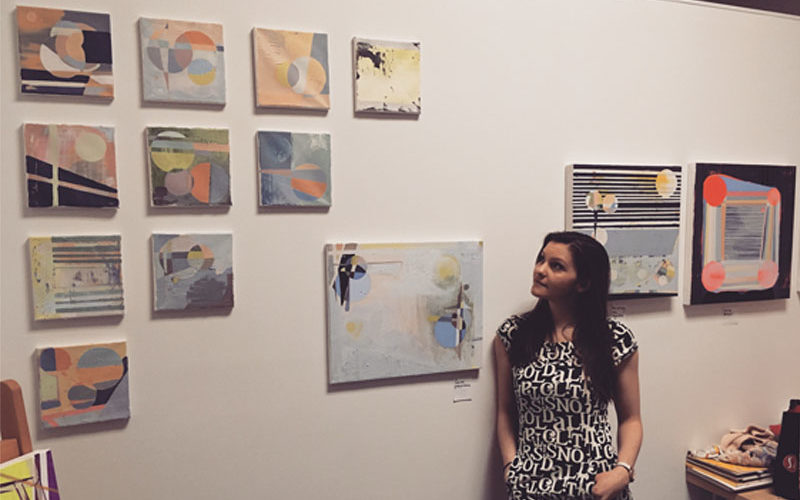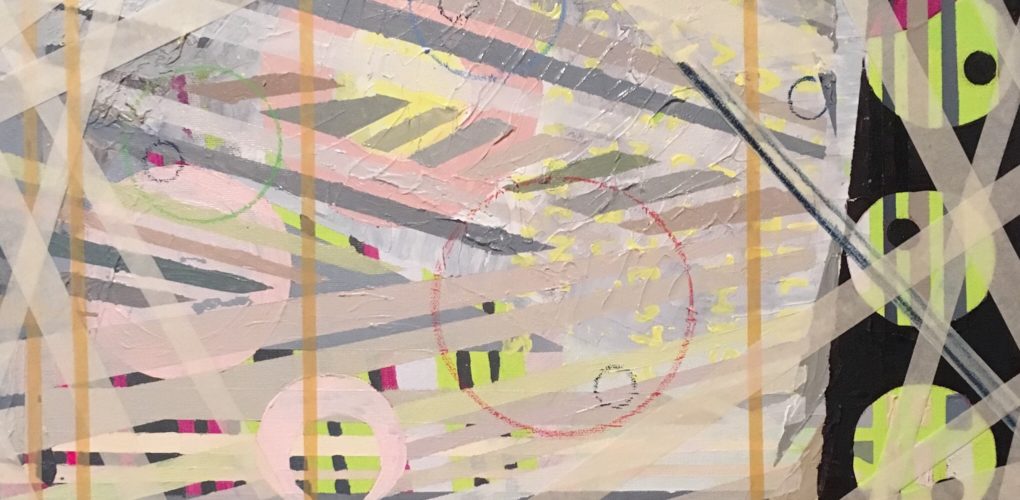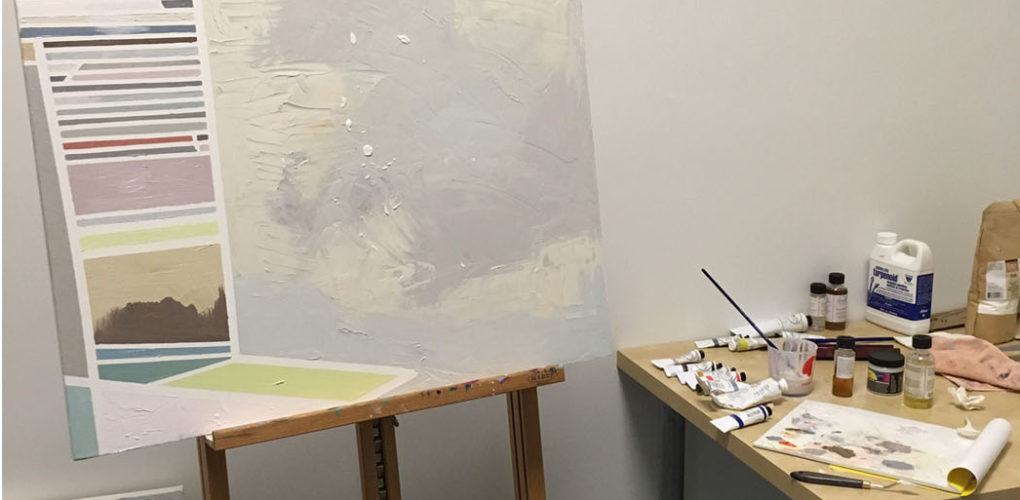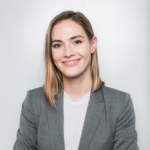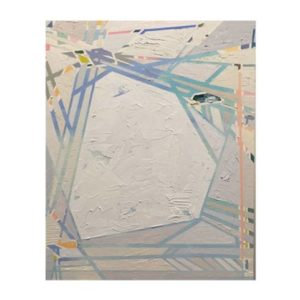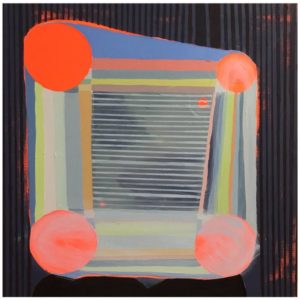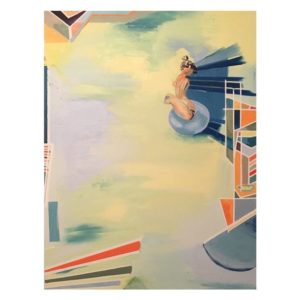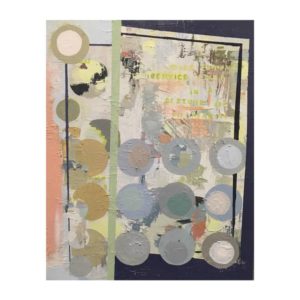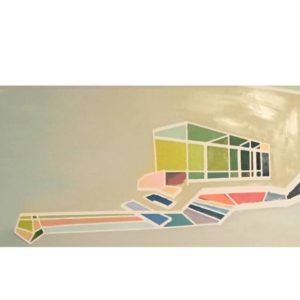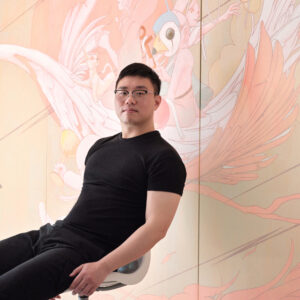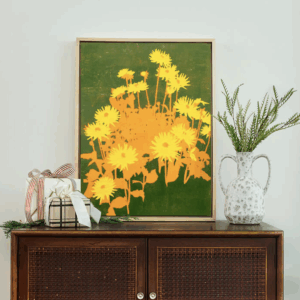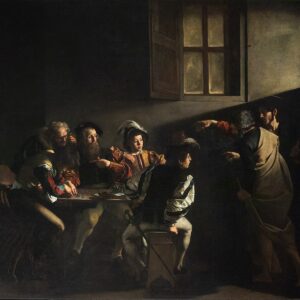One to Watch
 Abstracts for Self-Reflection with Rose Siersdale
Abstracts for Self-Reflection with Rose Siersdale
Rose Siersdale draws inspiration from the bustling cities of New York and Boston, particularly in the cities’ art institutions and artist communities. Rose finds further inspiration from art history, in the art movements of Abstract Expressionism and Minimalism and the influences of artists like Frank Stella, Agnes Martin, Helen Frankenthaler and Mark Rothko. Like her predecessors, Rose aims to create color fields that encourage self- reflection and excitement within each viewer. Using architectural structures and subdued color tones, Rose composes a visual space that eases the mind of her viewers into a kind of meditation and renewed focus.
Rose received a B.A. (Hons.) from Massachusetts College of Art and Design in Painting and is currently pursuing a Master’s degree in Museum Studies at Harvard University, Extension School. At present, Rose is living and working at the ReMerge Artist studio in Brooklyn, NY.
What are the major themes you pursue in your work?
I draw influence from the mark-making techniques of the Abstract Expressionist movement, the subject of Contemporary painters and the colors of high fashion. I am interested in exploring structures of identity through art, and the potential for paintings to act as a “mirror” and a place of reflection for the viewer.
How did you first get interested in your medium, and what draws you to it specifically?
I come from a creative family and have been making art since I was little. I remember being 5 years old and insisting that my work was framed and hung. My parents began my arts education at age 12 and I followed through to my BFA in Painting. My graduate work in Museum Studies focused on Modern and Contemporary art theory. I am drawn to the age-old medium of oil painting. There is just so much history in every swatch of paint. I keep things grounded in art history with professional grade materials that are archival (able to last 100+ years). It’s interesting to think of how the interpretation of work will change over time.
How has your style and practice changed over the years?
My arts education was very structured. My professors used to say that in order to abstract the form, you have to know the form. I spent years studying color, light, value and form in three-dimensional space. At the age of 15, I started working with the model (imagine how red a 15 year olds’ face can become in front of the nude!). I kept up with figure drawing and anatomical studies through my first two years of my BFA. It wasn’t until my junior year that I was able to move into abstraction. Although my work is now focused in abstraction, it comes from an education grounded in realism.
Can you walk us through your process? Do you begin with a sketch, or do you just jump in? How long do you spend on one work? How do you know when it is finished?
I spend a lot of time on Madison Ave in NYC looking for colors that give the feeling of “Now”. New York is definitely a rush of information, and it comes through in the work. Each mark I make is intentional, but nothing is precious. I am interested in the process of creating and destroying the image through layers of paint. I’m looking to create a new image that feels fresh and unanticipated. When we paint, we are moving our mental energy away from the frontal lobe and into a new part of the brain. This allows the artist to access a new plane of understanding that is not necessarily “logical”. I never know what the finished image will look like when I start. Each painting usually takes approx. 20-30hrs over the course of a few months or a few years. Once the painting is finished, it will take about 4 weeks to be dry to the touch and close to 6 months to fully cure (which is why my apartment will never not smell like a painters studio).
If you couldn’t be an artist, what would you do?
If I couldn’t be an artist, I would find a job that would let me talk about art all day.
What was the best advice given to you as an artist?
Gauguin said to just keep working and don’t sweat the canvas.
